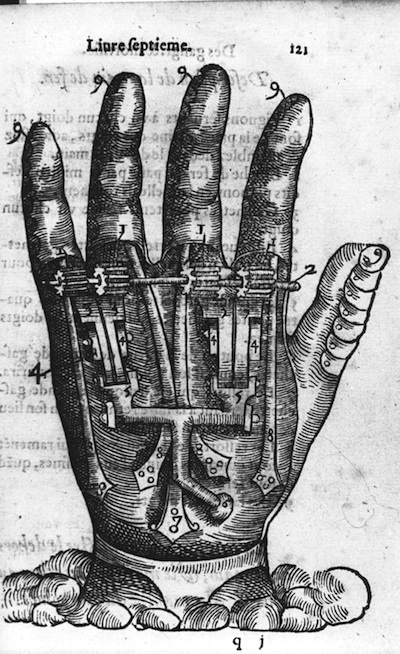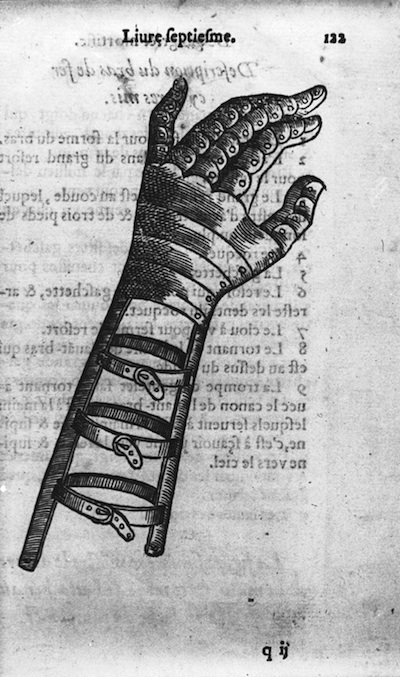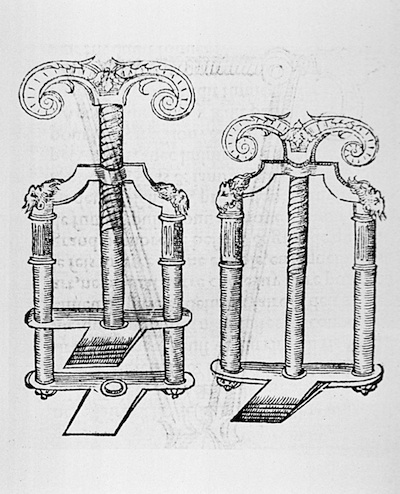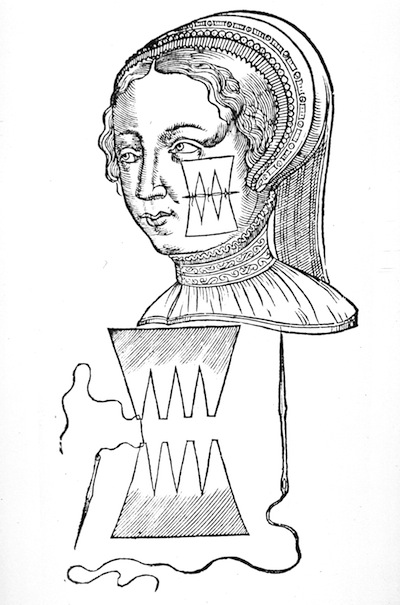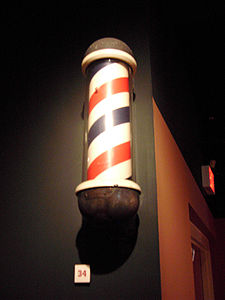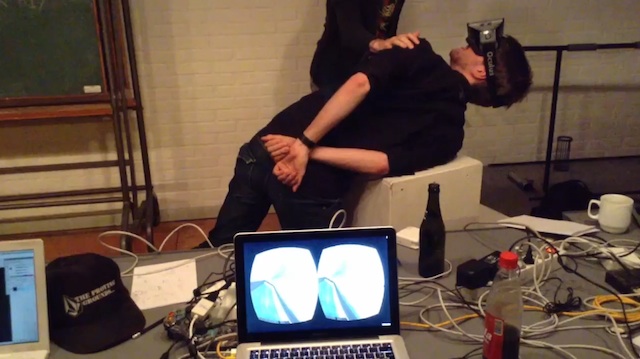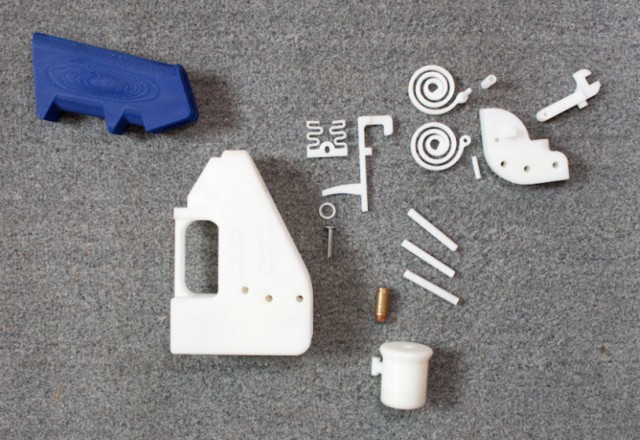Colonel Chris Hadfield returns from the International Space Station this evening, and he decided to sing one last song before takeoff. This couldn’t be a more perfect end to an amazing 5 months of science communication from Hadfield. ‘Space Oddity’, a David Bowie cover, was mixed with the help of staff at the Canadian Space Agency and features a somber piano intro and modified lyrics that reference the Soyuz capsule that will return Hadfield to Earth. It’s a beautiful video which features a floating guitar, incredible time-lapse shots of Earth, and Hadfield darting around the space station.
The song takes on a new level of meaning when it’s sung in space. The lyrics just match the situation perfectly!
I hope Commander Hadfield continues to share the beauty of space after his return home.
buy zydena online https://nouvita.co.uk/wp-content/languages/en/zydena.html no prescription
He is a level-headed, yet optimistic, scientist who understands the importance of research.
buy light pack viagra online https://nouvita.co.uk/wp-content/languages/en/light-pack-viagra.html no prescription
“We will go to the Moon and we will go to Mars, we will go and see what asteroids and comets are made of,” he told BBC News.
“But we’re not going to do it tomorrow and we’re not going to do it because it titillates the nerve endings we’re going to do it because it’s a natural human progression”.
buy suhagra force online https://nouvita.co.uk/wp-content/languages/en/suhagra-force.html no prescription
-RSB


